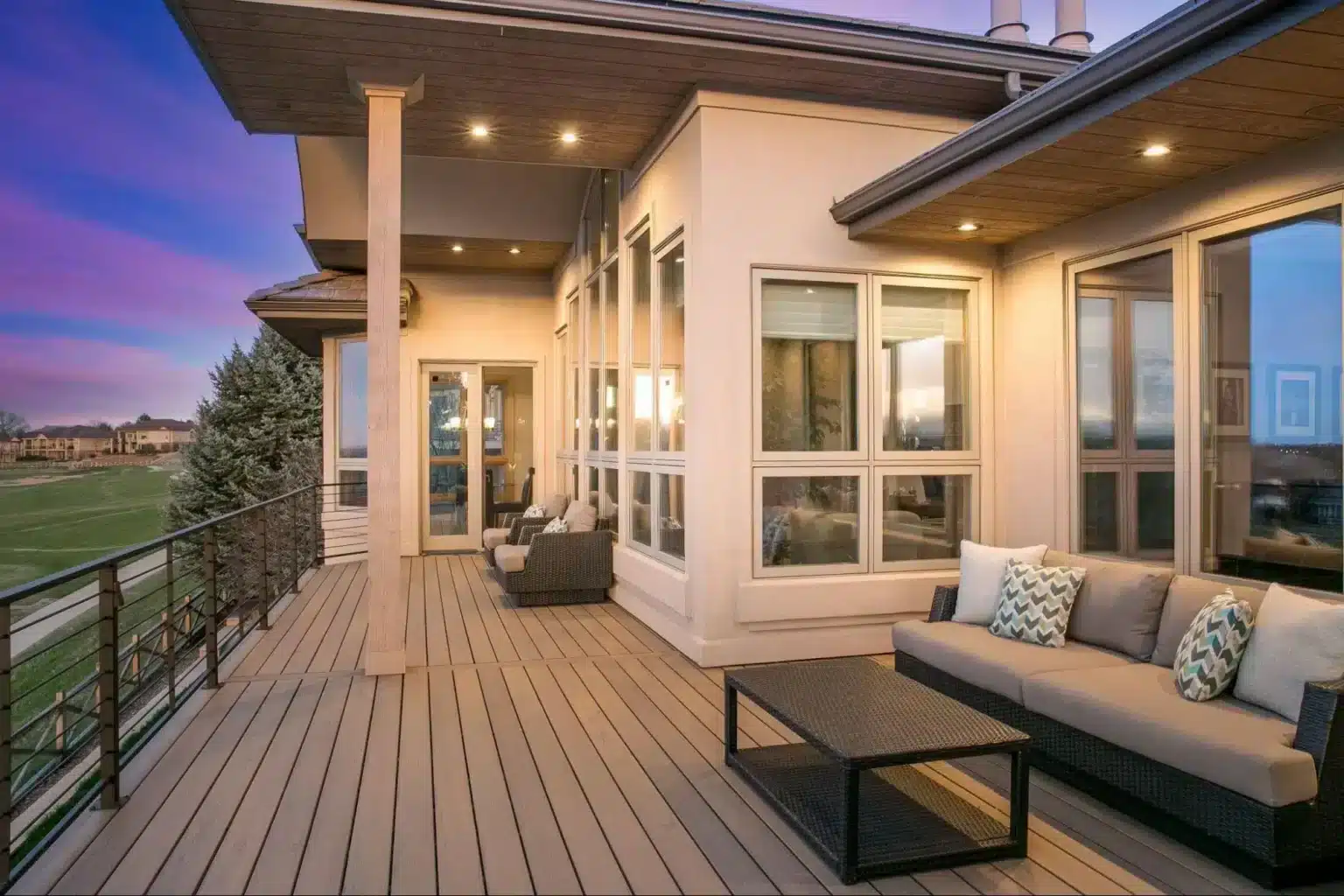
When it comes to creating an outdoor oasis, selecting the right decking materials is crucial. The materials you choose for your deck not only affect its appearance but also influence its longevity, maintenance, and overall cost. Whether you’re planning to build a new deck or replace an old one, understanding the different types of decking materials can help you make an informed decision.
Wood Decking Materials
Wood has been a classic choice for decking for centuries, and it remains popular due to its natural beauty and versatility. There are several types of wood used in deck construction, each offering different benefits and aesthetic appeal.
Pressure-treated wood is one of the most common and affordable options. It’s chemically treated to resist rot, termites, and other environmental damage. This makes it a durable and cost-effective choice, especially for homeowners on a budget. However, pressure-treated wood requires regular maintenance, such as staining or sealing, to prolong its lifespan and keep it looking its best.
Cedar and redwood are two other wood options that offer more natural resistance to decay, insects, and moisture. These woods tend to have a richer color and a more appealing grain, making them an excellent choice for those who want a more luxurious look. However, these types of wood can be more expensive than pressure-treated wood and still require periodic maintenance to keep their appearance and integrity intact.
Hardwoods like teak, ipe, and mahogany offer exceptional durability and aesthetic appeal. These woods are known for their dense grain, which provides superior strength and resistance to wear. However, they come with a higher price tag and can require more upkeep to maintain their beauty over time.
Composite Decking Materials
Composite decking is a popular choice for homeowners looking for a low-maintenance alternative to wood. Made from a blend of wood fibers and plastic, composite decking combines the best of both worlds—natural wood aesthetics with the durability and longevity of plastic. Composite decking is highly resistant to moisture, mold, and fading, which makes it an ideal choice for areas with high humidity or exposure to the elements.
One of the major benefits of composite decking is its minimal maintenance requirements. Unlike wood, composite decking doesn’t need to be sanded, stained, or sealed. It is easy to clean and can last for decades without significant wear and tear. However, composite decking can be more expensive than wood, and its aesthetic appeal might not satisfy those looking for a completely natural look. Additionally, it can get hot in the sun, which could be uncomfortable for bare feet on sunny days.
PVC Decking Materials
PVC (polyvinyl chloride) decking is a synthetic material made entirely from plastic. It is another low-maintenance option for decking, as it does not absorb moisture, preventing warping, splintering, and rotting. PVC decking is available in a wide variety of colors and styles, providing homeowners with flexibility in design. It is also highly resistant to stains and fading, making it a durable and attractive choice for long-term use.
However, like composite decking, PVC can be more expensive than wood. Its plastic look and feel may not appeal to those seeking a natural or traditional aesthetic. Additionally, PVC decking can become quite slippery when wet, which could be a safety concern in certain climates or areas around pools.
Aluminum Decking Materials
Aluminum decking is a modern and durable option that has gained popularity in recent years. Known for its strength and low-maintenance qualities, aluminum decking is resistant to rust, corrosion, and fading. This material is lightweight and easy to work with, making it a good option for homeowners who need a strong, long-lasting deck.
One of the unique benefits of aluminum decking is its ability to reflect heat, keeping your deck cooler in hot weather. It’s also fire-resistant, making it a great choice for homes in fire-prone areas. On the downside, aluminum decking can be costly, and it doesn’t have the same warm, natural appearance as wood.
Conclusion
Selecting the right decking material for your outdoor space requires careful consideration of your budget, climate, maintenance preferences, and aesthetic goals. Each material has its own advantages and disadvantages, but by understanding the differences, you can make a choice that best suits your needs. Whether you opt for the classic beauty of wood, the low-maintenance benefits of composite or PVC, or the durability of aluminum, the right decking material will enhance your outdoor living experience for years to come.


